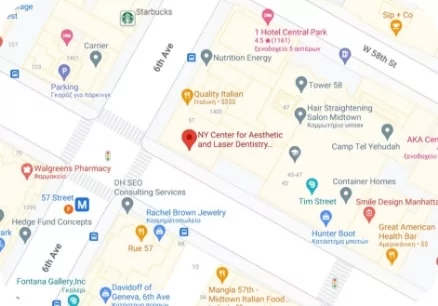At-Home Care With Perio Protect
Perio Protect is a comprehensive method customized for individual patients to help manage biofilms, which are communities of bacteria growing in the spaces or pockets between teeth and gum tissue. The overall goal of the Perio Protect Method® is to manage oral biofilm with minimally invasive dentistry for lasting oral health.
The Perio Protect Healing Process
The Perio Protect Method is a combination of treatments, including a non-invasive chemical debriding (removal) therapy used in conjunction with traditional mechanical debriding procedures. The chemical therapy involves a series of Perio Trays® that deliver doctor-prescribed solutions to the infected areas of the mouth.
The standard cleaning procedures in dental offices, such as scaling and root planing, help to remove plaque and tartar while also reducing bacteria. Unfortunately bacteria reproduce quickly and biofilms regenerate very easily, so it is difficult to control them between office visits.
With the Perio Protect Method, you can place prescribed solutions into periodontal pockets with an appropriately formed, customized dental tray between office visits to help manage biofilm. Although a dentist must choose the most appropriate solution for you, the most commonly prescribed solution with the Method has oxidizing and oxygenating agents. Oxidizing agents both cleanse the oral wounds and remove the slimy, protective coating of biofilm.
Your dentist may choose to treat your oral wounds with the chemical debriding and cleansing agents before mechanical debriding procedures to help reduce bacterial populations and thus reduce the risk of introducing bacteria into the bloodstream during mechanical debridement.



